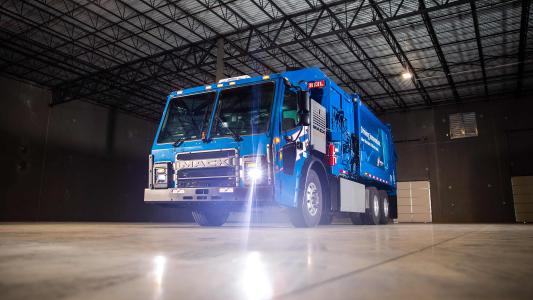An ambitious new model of Earth proposed by the European Union may prove a potent tool for climate change research. Dubbed “Destination Earth” — or, more optimistically/fatalistically DestinE — the project seeks to create a “digital twin” of our home.
The model, proposed to enter development next year and be finalized by 2025-2030, will simulate the atmosphere, ice, ocean, and land, and even the impact of humanity, creating the most robust terrestrial simulacra yet, Science‘s Paul Voosen reports.
Aiming for an impressive resolution down to the kilometer, DestinE will be loaded up with natural and socioeconomic data.
Armed with the new model, the EU hopes to be able to monitor the Earth’s health, simulate the planet’s natural systems, help to improve predictions, and support the EU’s policy decisions — and how those decisions are implemented.
Creating Earth’s “Digital Twin”
DestinE will break down the planet’s atmosphere into 1km boxes, more granular than other models, Science reports; this will allow it to base forecasts and future climate change research on more real-time data than other models.
This is far higher resolution than even top flight models like the European Centre for Medium-Range Weather Forecasts’CMWFEMWF’s, which runs out at 9 square km. DestinE will be able to directly model convection — the upward transferral of heat that brings us clouds and storms — rather than rely on an algorithmic model.
Even the whirling eddies of the ocean, those contradictory curls that birthed the myth of charybdis and dictate the motion of heat and carbon in the seas, will be modeled.
Bolstering it all will be data designed to assess human impact — crop growth, pollution — and events like wildfires or volcanic eruptions.
The fine scale will allow the model to forecast and simulate data at the level at which that data (from satellites, buoys, weather stations, and aircraft) is gathered, Sandrine Bony, a cloud scientist at Pierre Simon Laplace Institute, told Science.
Eventually, DestinE will become Earth’s “digital twin,” an in-depth replica of a living entity.
The League of Extraordinary (Simulated) Earths
DestinE joins a raft of other simulated Earths being used to study weather and climate change research.
Japan’s already run some experiments using a 1km scale model, according to Science, which found that being able to simulate convection and eddies can lead to more accurate precipitation predictions – an important find.
Other models are looking to the past, simulating snapshots of the Earth’s climate throughout history to help us hone the search for habitable exoplanets.
It’s too early to tell the impact DestinE will have on climate change research and weather forecasting, but existential problems necessitate ambitious answers.






